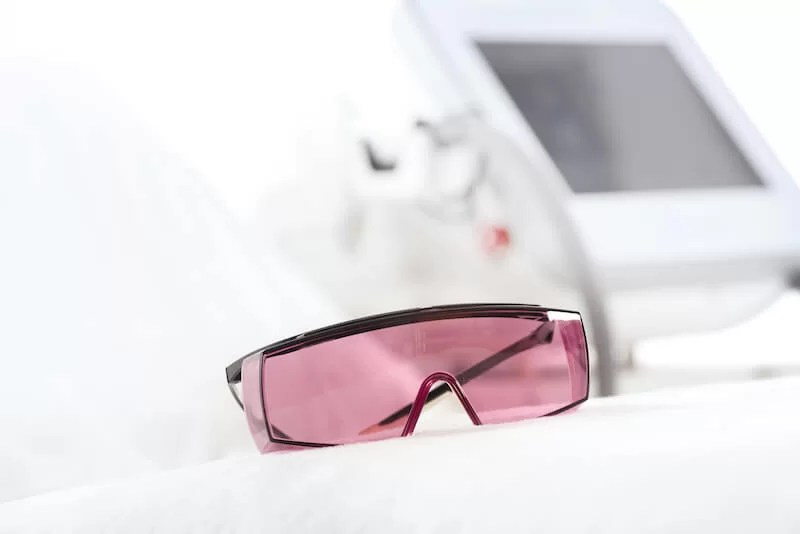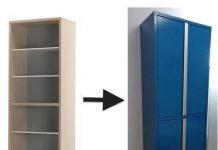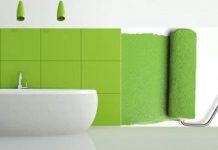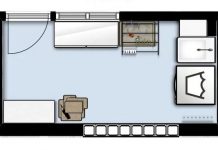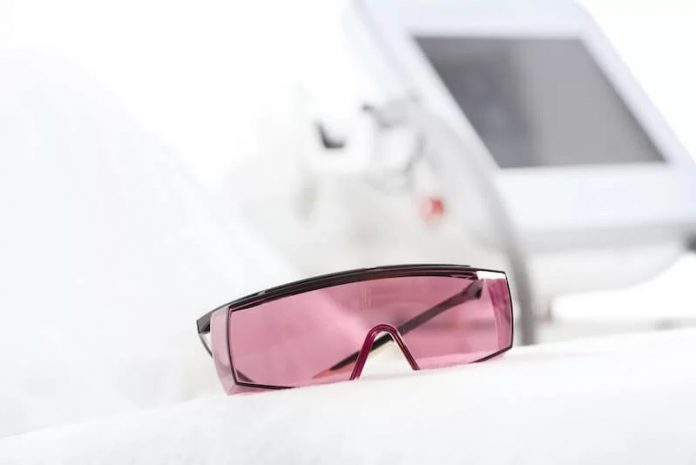
Wearing personal protective equipment or PPE is essential to avoid accidents at work. Within this equipment, safety glasses or eye protection glasses are especially important. Its use will prevent the entry of objects or chemical products into the eyes. With this safety glasses guide You will know which one is the best for you.
The eye is fragile and vulnerable, and a little irritation can cause minor or irreversible damage, such as total loss of sight. Traditional glasses do not protect against the most frequent risks to which our eyes are exposed in a work environment. These risks are:
- Mechanical: impact of particles and liquids under pressure, coarse dust, perforations.
- Chemical/biological: chemical splashes, liquid aerosols, fumes, gases, vapours, biological agents/viruses.
- Electrical: short-circuit electric arc, electric power transmission systems.
- Thermal: Heat and splashes of molten metal.
- Radiation: UV, IR, laser and welding.
For this reason, safety glasses are essential when doing DIY, carpentry, welding, etc., whether at a professional or amateur level.
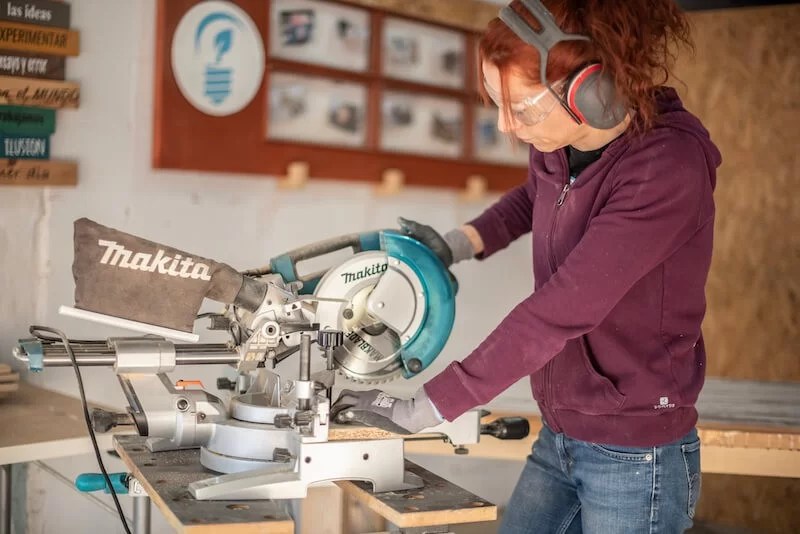
How should protective glasses be?
There are a number of features that are common to all occupational safety glasses:
- The frames are more rigid than traditional glasses, as they are designed to resist the entry of objects and prevent impacts.
- They are made of polycarbonate, which is a robust material but scratches easily, or acetate that has good resistance to abrasion and scratches, but low resistance to particle projection.
- Its design must be comfortable and compact so that it does not hinder vision or be annoying.
In addition, they must have the CE marking that certifies that the glasses comply with mandatory legislation.
Standard EN166
The EN 166 standard refers to individual eye protectors used against the various dangers that can damage them. According to this European regulation, safety glasses are classified according to their type in:
- With or without side protection: attached to a mount with a pin.
- Full frame: they seal the eye area and are in contact with the face.
- Face shield: protects eyes and partially or totally the face.
Marking of protective glasses
In addition, there should be markings on the lens and frame that indicate their resistance or impact level. This level is indicated by the following symbols:
- S: increased robustness resistance. Withstands the impact of a small steel ball in free fall at 6 meters per second. It is found in safety glasses in the automotive, health and mining sectors.
- F: low energy resistance. Withstands impact at 45m/s. Indicated for masonry work, sawing, etc.
- B: half-energy resistor. Withstands impact at 120m/s. They are used in jobs exposed to splashes of liquids or molten metals, with dust in suspension that require greater tightness, laboratories and cabins.
Of paint. - A: high energy resistance. Withstands impact at 190m/s. It only applies to face shields and is mostly used to cover electrical and vapor hazards.
- T: resistance to high speed particles and extreme temperatures.
Other symbols that you will find in the marking of the safety glasses are:
- Optical class: permanent use (1), frequent (2) or occasional (3)
- Field of application: UV filter (2 and 3), IR filter (4), solar filter (5 and 6) and welding filter
- Protection class: degree of filtration of visible light (from 1.2 to 6)
- Color perception: not altered (C)
- Anti-scratch coating (K)
- Anti-fog coating (N)
- Provider Initials
optical tints
Polycarbonate safety glasses are available in various optical tints. Each dye corresponds to specific working conditions:
- Indoors: colorless or yellow if there is little lighting
- Outdoors or in sunny or glare places that can cause eye strain: brown, blue, gray and red
- Inside and outside: silver
- For welding: IR3 and IR5
How to choose a safety glass?
Now that we know all the theoretical part, let’s move on to practice: what safety glasses do I need? In the first place, the type of work that we are going to carry out and the risks that we are exposed to must be taken into account. Based on this, a type of protective goggle and an impact level will be chosen. Normally, for chemical risks, goggles with integral frames and face shields are recommended for electrical risks and some cases of thermal risks.
The working conditions and environment must also be taken into account. In humid environments, goggles with an anti-fog coating must be used. When working continuously outside, you must incorporate an optical tint that protects us from UV rays.
Another important factor is whether we wear corrective glasses, since in this case you can opt for prescription protective glasses if the use is going to be continued. Standard safety glasses can also be used placed over the prescription glasses that we are wearing, although they are indicated for occasional use.
In any case, safety glasses must protect but they must also be comfortable for you and feel that you are not wearing them.
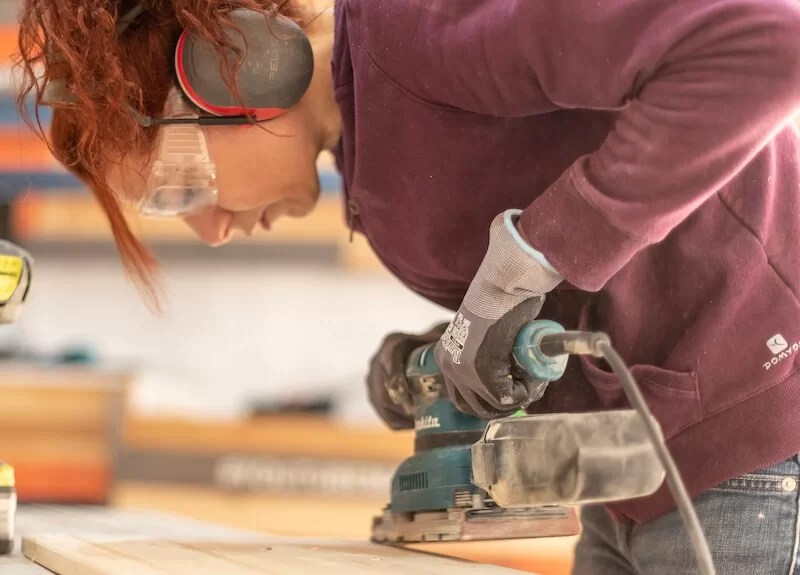
What to do in case of an eye accident
No matter how many precautions we take, we can suffer an accident or mishap that damages our eyes. Knowing what to do at that moment and how to act according to the type of injury is key. In this sense, it is recommended:
- Foreign bodies: do not rub the eye and use eye drops and specific liquids to wash the area.
- Cuts, punctures or objects inserted in the eye: do not wash the eye and do not try to remove the object inserted in the eye.
- Chemical burns: immediately wash the eye with plenty of water for 15 minutes and open it as wide as possible. Eye drops should never be used.
- Blows to the eye: Clean the eye with plenty of water and do not use any type of eye drop. Apply a cold compress to the eye area without applying pressure.
In addition, whatever the injury, you should see a doctor immediately to rule out further injuries.
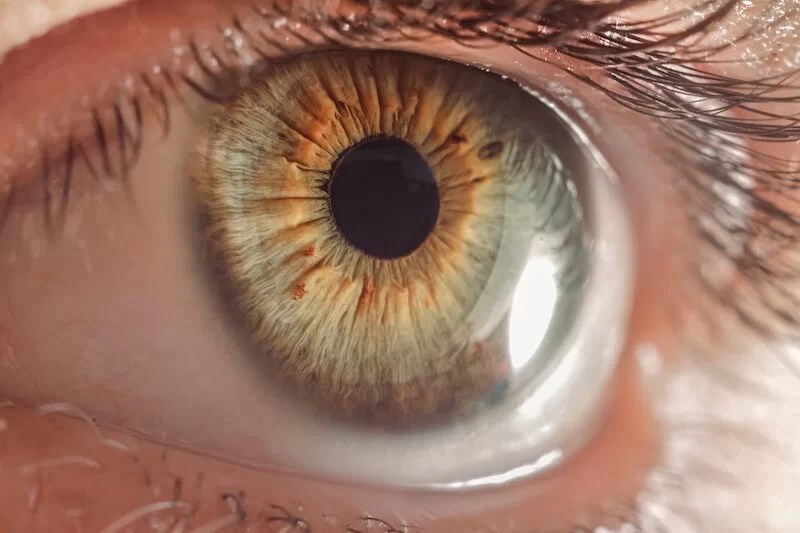
I hope this safety glasses guide help you choose the best one for you and has made you aware of how important it is for your safety. Do not forget that you will find many more guides and projects on DIY and decoration at

